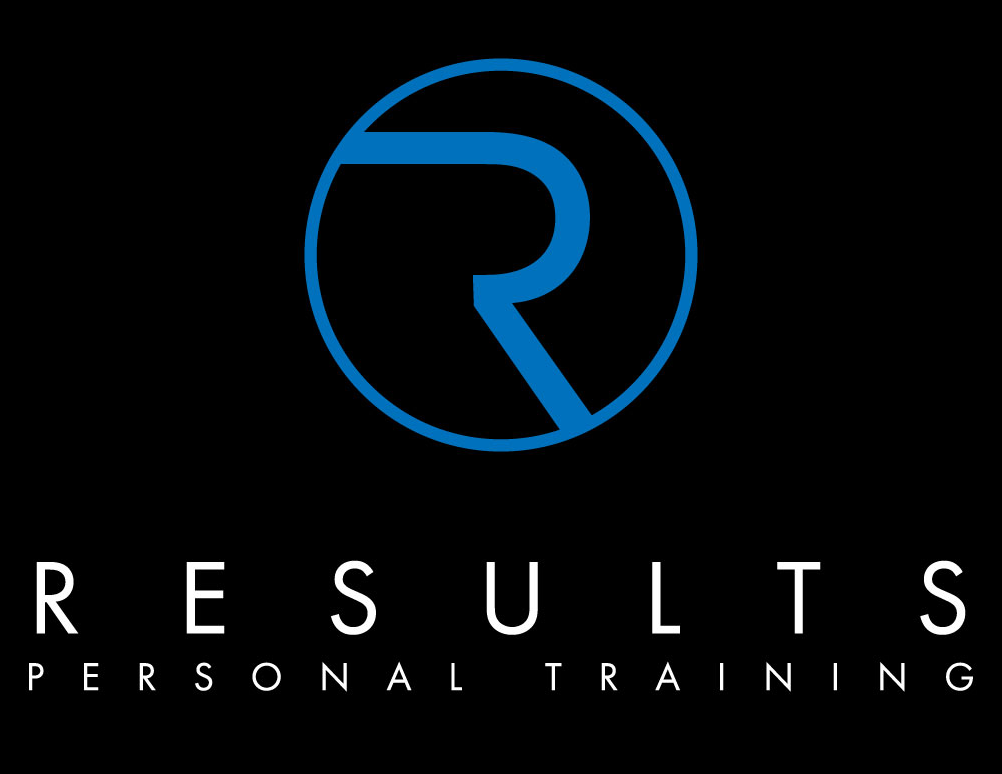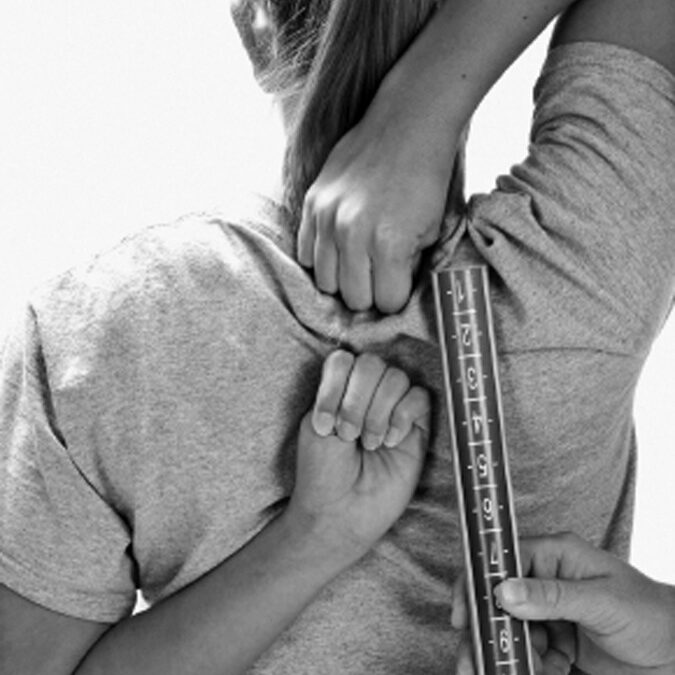Mobility dysfunctions can be defined as a decrease or limitation in full range of motion. Limited mobility can be a result of either a restriction of the joint or restrictions within the tissue.
The following are just some examples of mobility dysfunctions
- active/passive muscle insufficiency
- Neural tension
- Fascial tension
- Muscle shortening
- Trigger point activity
- Scarring and fibrosis
- Osteoarthritis
- Muscle spasm and guarding
- Fusion
- Subluxation
- Adhesive capsulitis
How to treat or address the dysfunction?
So, as you can see there are many types of mobility dysfunctions. Getting the right treatment is crucial. For example if you have a subluxation (“Subluxation” is a term used by some chiropractors to describe a spinal vertebra that is out of position in comparison to the other vertebrae) then treating the joint rather than the tissue would be far more effective.
Who to see… Chiropractor, Osteopath, Physio or a Fitness Professional?
A good practitioner should do a thorough biomechanical examination. And if he/she finds something that is not within their scope of practice then it’s their job to refer you to the right person. Chiro’s, Osteo’s and Physios all treat both joint and tissue. However there is a bias. When you have a hammer everything looks like a nail
Chiros typically work with joints, Physios are often more tissue based and Osteo’s are a bit of both.
A Fitness Professional will often have many tools in their tool box based more specially around exercises that will improve mobility restrictions.
My 2 cents… Whoever you see should have some sort of baseline test (what is your current mobility) then after they have been treated/addressed they should repeat the baseline test.
Did it get better?
If the answer is yes. That is – did the restriction improve in range of motion (not did you simply feel better) then you’re on the right path.
If the answer is no. Then the treatment isn’t the right one.
The key is to be objective, not subjective. It’s not about how you feel after the treatment (everyone feels better, when they have a lie down and a rub) it’s a question of – Did my range of motion get better?
If your range of motion did get better, then the next question is how do you make it stick. Typically I see people who are treated and then within a few days the restriction comes back. It simply doesn’t stick or hold. Back to the Physio, Chiro, Osteo for more and more and more sessions.
If you want to make that new range of motion hold then there is a super important process that needs to happen. BUT I have been rabbiting on for long enough, so i’m going to save that for another post alternatively you can come and see me at www.personal-trainers.co.nz


Recent Comments